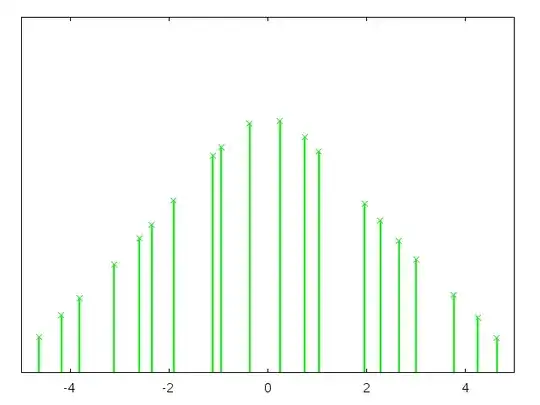In the context of Survival Analysis, I have seen that the standard (non-parametric) estimate of the Hazard Function is through the Nelson-Aalen Estimator :
As seen from this formula, the Nelson-Aalen Estimator provides an estimate of the cumulative hazard (hazard can not go down with time):
However, I have often heard one of the main advantages of the Hazard Function to be non-monotonic (i.e. can go up and down). This allows the Hazard Function to model fluctuating risk in real life concepts such as human mortality (e.g. human mortality is high when someone is born, then decreases as the years go by, and finally increases again in old age). However, based on the estimate of the Hazard Function from the Nelson-Aalen Estimator, I don't understand how the Hazard Function can be anything but monotonic.
While researching the SAS documentation on Survival Analysis, I came across the following entry on (Kernel) Smoothed Estimates of the Hazard Function:
Supposedly, if you follow the code they provide, this apparently yields "non-cumulative" hazard estimates (note that the estimates below are clearly non-monotonic):
My Question: Is my understanding of the Nelson-Aalen Estimator correct? Even though that the Nelson-Aalen Estimator by definition is an estimate of the cumulative hazard function - by taking weighted averages of consecutive differences of the Nelson-Aalen estimates, we arrive at the "instantaneous" estimate of the hazard function which can now fluctuate across time? I.e.
Evaluate the Nelson-Aalen Estimates at each required point
Make a new column where you subtract consecutive values of the Nelson-Aalen Estimates (e.g. row_2 - row_1, row_3 - row_2, etc.).
Now, pass these differences through some Kernel Smoothing Function
Is this correct? Does anyone know a standard way of doing this in R?
Thanks!
References:



